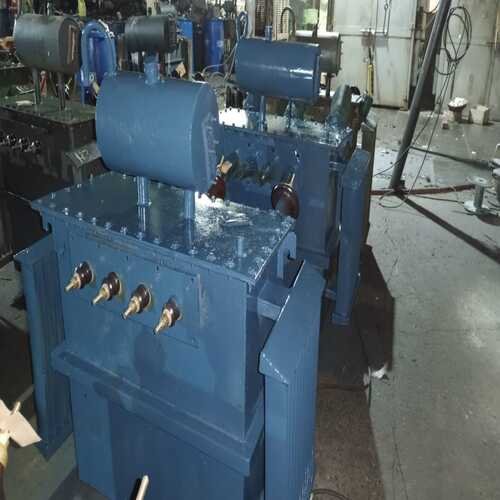
Custom Transformer Design
Customized transformers are essential components in electrical engineering, tailored to meet specific requirements in various applications. When designing a customized transformer, several key features are considered to ensure optimal performance and efficiency.
Voltage and Current Ratings: Custom transformers are designed to meet precise voltage and current requirements specified by the application. Engineers calculate the necessary turns ratio and core size to achieve the desired output voltage and current levels.
Core Material and Configuration: The choice of core material, such as silicon steel or ferrite, depends on factors like operating frequency, efficiency, and cost. Additionally, the core configuration (e.g., shell-type, toroidal, or laminated) is optimized for maximum magnetic flux density and minimal losses.
Winding Configuration: Custom transformers may have multiple windings to accommodate various input and output voltage requirements. Engineers design the winding configuration to minimize leakage inductance, resistance, and inter-winding capacitance, ensuring efficient power transfer.
Insulation and Cooling: Insulation materials and techniques are carefully selected to withstand the operating temperature and voltage stresses while ensuring electrical safety and reliability. Cooling methods, such as natural convection, forced air, or liquid cooling, are integrated into the transformer design to maintain optimal temperature conditions.
Size and Form Factor: Custom transformers are often designed to fit specific space constraints and installation requirements. Engineers optimize the size and form factor while balancing performance, thermal management, and manufacturability.
Protection and Monitoring Features: Transformers may incorporate built-in protection mechanisms such as overcurrent, overvoltage, and thermal overload protection to safeguard against faults and ensure operational safety. Additionally, monitoring features like temperature sensors and remote monitoring capabilities enhance reliability and allow for predictive maintenance.
Efficiency and Regulation: Efficiency is a critical consideration in transformer design to minimize energy losses and improve overall system performance. Engineers optimize core and winding materials, as well as magnetic circuit design, to achieve high efficiency and meet regulatory standards.
Customization for Specific Applications: Custom transformers may include specialized features tailored to specific applications, such as harmonic filtering, impedance matching, isolation, or voltage regulation. Engineers collaborate closely with clients to understand their unique requirements and design transformers that deliver optimal performance and reliability.